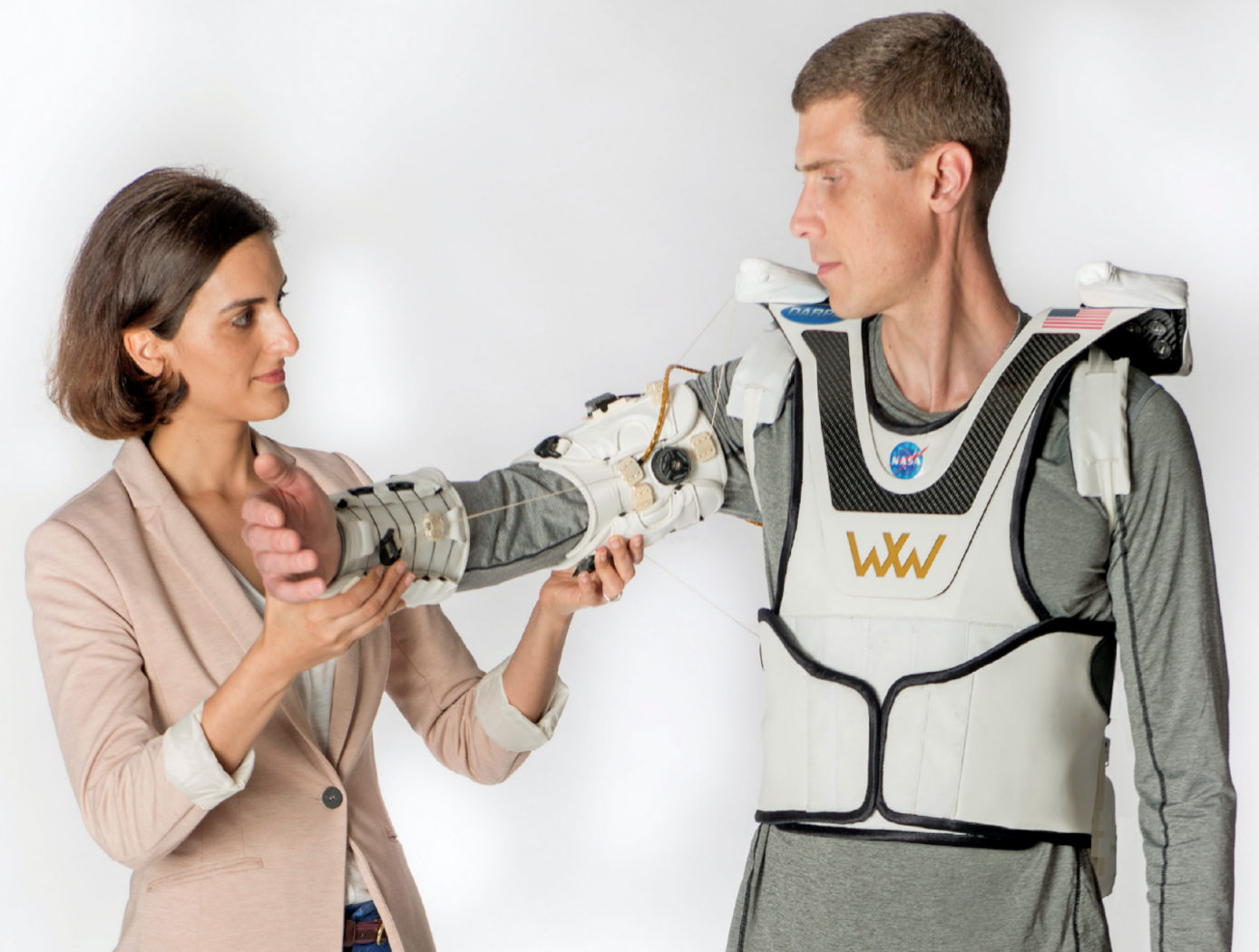Search
Health Medicine and Biotechnology

Expanded COBRA Oculometrics (ECO) to Include Perimetry and Directional Assessment of Visual and Visuomotor Performance
Expanded COBRA Oculometrics (ECO) expands the oculometric assessment into the peripheral visual field and sub-divides the visual field into sub-regions defined by their eccentricity (ring) and angular range (sector) for more direct comparison with current state-of-the-art clinical imagining (e.g., OCT (Optical Coherence Tomography)) and functional testing (e.g., perimetry) methodologies. ECO improves on COBRA in two ways, 1) ECO probes multiple rings at multiple eccentricities (nominally at ~3 and ~6 deg of eccentricity to correspond to classic OCT imaging measures) and 2) ECO subdivides the conventional COBRA analysis into angular sectors (nominally into Nasal, Temporal, Superior, and Inferior quadrants again to correspond to classic OCT imaging measures but also potentially into more refined octants) to sub-sample the retina (monocularly) or the visual field (binocularly), thus parceling the data into smaller subregions organized in polar coordinates to better correspond to classic OCT imaging and other clinical imaging measures. This enables ECO to detect spatially localized impairments that would otherwise be blurred out by larger healthy regions of the retina/brain and allows for direct comparison with clinical OCT results and other clinical imaging systems. ECO sectors/rings could be tailored to enable comparison with brain MRI/A (Magnetic Resonance Imaging/Angiography) or CAT (Computer Aided Tomography) commonly used in neurology clinics so that the structural damage or pathology revealed by these standard imaging techniques can be correlated to actual function loss in corresponding sub-regions of the visual field in support of both clinical and research applications.
Robotics Automation and Control

Upper Body Robotic Exoskeleton
NASA's soft, portable, wearable robotic device is "plug and play" - it includes all necessary electronics, actuation, software, and sensors required to achieve augmented limb movement. The garment is designed such that the human-robot interface distributes load across the torso, maximizing user comfort. Donning and doffing is simple, as the device lowers over the head, straps to the torso via Velcro, and possesses adjustable custom arm cuffs. Actuators are housed in the back of the garment, which pull custom conduit-tendon-based systems attached to the limb at optimized locations, causing the joint of interest to move to the specified orientation. Force sensing is employed to enable optimal control of the limb, measuring user-applied force to maintain commanded joint orientations. Integrated electronics and software provide power distribution, safety monitoring, data transfer and data logging.
NASA's garment has multiple modes of operation. In active assist mode, shoulder abduction and flexion, and elbow flexion, may be commanded either simultaneously via coordinated control or individually while holding position/orientation of the other joints. In passive assist mode, the user can freely move the limb while the system provides minimal torque to the shoulder and elbow.
The upper body robotic exoskeleton is at a TRL 6 (system/subsystem prototype demonstration in a relevant environment) and it is now available for your company to license and develop into a commercial product. Please note that NASA does not manufacture products itself for commercial sale.



